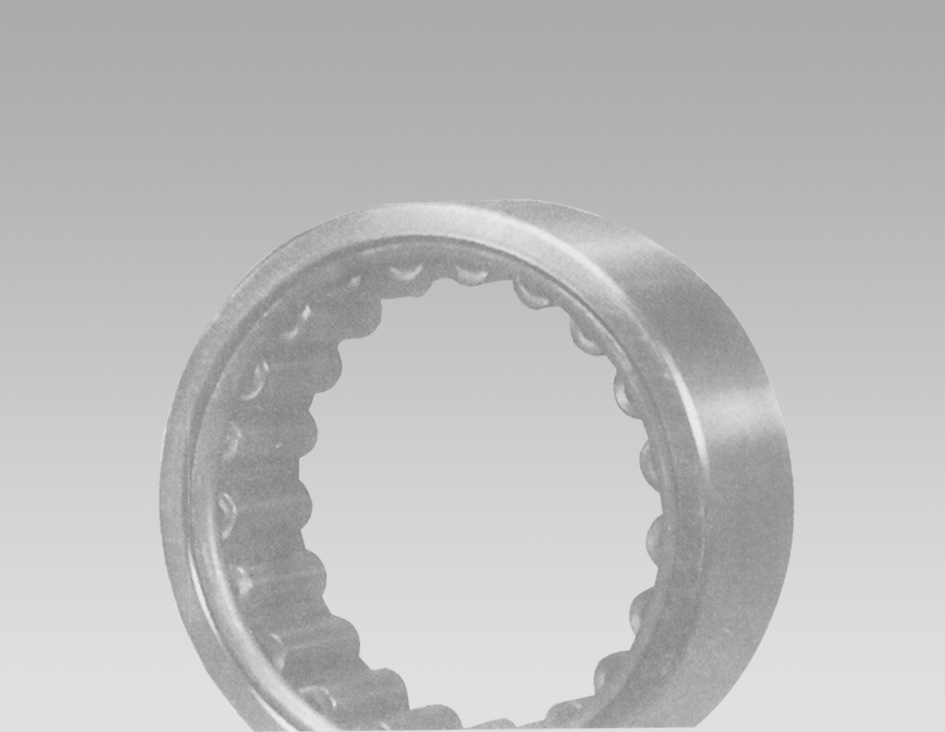
Aug . 11, 2024 12:38 Back to list
Exploring the Specifications and Applications of 23026 Spherical Roller Bearings in Various Industries
Exploring the Importance of the 23026 Bearing in Modern Applications
Bearings play a crucial role in the machinery and automotive industries, serving as vital components that allow for the smooth movement of parts and the reduction of friction. Among the myriad of bearing types available, the 23026 bearing stands out for its unique features and applications. In this article, we will explore the specifications, functionalities, and significance of the 23026 bearing in various industries.
Specifications and Design
The 23026 bearing is a spherical roller bearing, which is specifically designed to accommodate both radial and axial loads. It features a barrel-shaped roller design that facilitates self-alignment, making it particularly useful in scenarios where shaft misalignment occurs. The standard designation 23026 indicates that it has a bore diameter of 130 mm, an outer diameter of 200 mm, and a width of 52 mm. The typically represents a space in digital communication, which could lead to confusion but is not relevant to the technical specifications of the bearing itself.
Key Features
One of the remarkable features of the 23026 bearing is its ability to handle heavy loads while providing high-speed performance. This characteristic makes it desirable for high-load applications such as electric motors, construction machinery, and industrial equipment. The self-aligning property also reduces the risk of premature failure due to shaft misalignment, which can be a common issue in rotating machinery.
Furthermore, the 23026 bearing is often manufactured with high-quality steel and may be treated for enhanced durability, resistance to wear, and longevity. The races and rolling elements are often designed to minimize friction, leading to increased efficiency and reduced energy consumption in operational applications.
23026 bearing

Applications in Various Industries
The versatility of the 23026 bearing allows it to be deployed across a wide array of industries. In the manufacturing sector, it is frequently used in conveyor systems, where it supports the heavy loads of materials being transported. The self-aligning feature is particularly beneficial in these systems, as belt misalignments can easily occur under heavy loads.
In the automotive industry, the 23026 bearing is utilized in various applications including automotive engines and transmissions. By minimizing friction and supporting axial loads, it ensures smoother operational performance, improving fuel efficiency and overall vehicle reliability.
Another area where the 23026 bearing shines is in the wind energy sector. Wind turbine generators rely heavily on high-performance bearings capable of withstanding the rigors of constant operation and fluctuating loads. The durability and load-handling characteristics of the 23026 bearing make it an ideal choice for this application, contributing to more efficient energy generation and a lower likelihood of maintenance issues.
Conclusion
In conclusion, the 23026 bearing may represent just one of many bearing types, but its importance in various industrial applications cannot be overstated. From reducing friction and accommodating heavy loads to supporting complex machinery functions, this bearing type is integral to achieving optimal performance in a multitude of settings. As technology advances and industry demands evolve, the role of specialized components like the 23026 bearing will continue to be crucial in driving innovation and efficiency across diverse sectors. Whether in manufacturing, automotive, or renewable energy, understanding and utilizing the capabilities of the 23026 bearing can lead to significant improvements in reliability and performance.
Latest news
-
Grooved Ball Bearing Design and Functionality
NewsJun.04,2025
-
Concrete Mixer Bearing Load Capacity Testing
NewsJun.04,2025
-
6004 Bearing Dimensions in Robotic Joint Designs
NewsJun.04,2025
-
Advantages of Single-Row Deep Groove Ball Bearings
NewsJun.04,2025
-
Applications of Deep Groove Ball Bearings in Automotive Systems
NewsJun.04,2025
-
Innovations in Bearing Pressing Machine Design
NewsJun.04,2025
